At a Glance
Quick Tips
- Plan your transportation and lodging options around the season and species you will be hunting
- Rain gear is a necessity
- When beaching a boat pay close attention to changing tidal conditions
| species | general Size | trophy potential |
|---|---|---|
| Sitka Blacktail Deer | Dummy | Dummy |




